Chaat masala is an essential ingredient for many different Indian dishes
If you haven’t tried chaat masala before, it’s time you did!
This special blend of spices is used in so many different Indian recipes.
Chaat masala is usually used in small amounts sprinkled over finished dishes to give them just a bit more kick. I often use it in my marinades for tandoori cooking as well.
There are some good commercial chaat masala brands available at Asian markets and also some supermarkets. Like all of the spice blends I use in my cooking, I like to make my own. Homemade is just plain better.
When you roast and grind your own spices in recipes like chaat masala, garam masala and curry powder, you not only get a more powerful and tasty flavour but a stronger aroma too.
We enjoy our food not just through our mouths but through our noses. Therefore making your own chaat masala will greatly enhance your dishes and make mealtime more enjoyable.
To come up with this recipe I did a lot of experimenting. I tested commercial brands and tried to improve them. I think I’ve done it here.
Chaat masala has a quite distinctive flavour. The use of citric acid powder is used in a lot of commercial brands but I’ve chosen to use the more authentic amchoor (dried mango) powder which gives the spice blend a sharp citrus flavour. It’s available online and at Asian food shops.
Another important ingredient is the black powdered salt. Again, I have only seen this in Asian shops and a few gourmet spice shops. Black salt tastes terrible on its own with a strong sulphur flavour. You won’t want to add it to your fish and chips but it works well with the other ingredients in chaat masala. I don’t usually add salt to my spice blends but this eggy flavoured salt is a must.
Here are some more popular spice blends you might like to try.
Madras Curry Powder
Garam Masala
Tamil Curry Powder
Punjabi Chole Masala
Chaat Masala Recipe
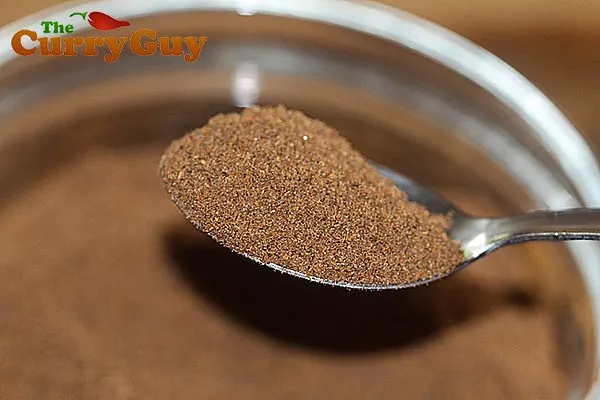
Ingredients
- 3 tablespoons cumin seeds
- 3 tablespoons coriander seeds
- 1 teaspoon red chilli powder
- 4 tablespoons amchoor powder
- 3 tablespoons powdered black salt
- 1 tablespoon freshly ground black pepper
- A pinch of asafoetida powder
- 1 tablespoon dried mint
- 1 tablespoon garlic powder
- 1 tablespon ajwain/ carom seeds
Instructions
- Roast the whole spices in a dry frying pan over medium heat until they become fragrant.
- Allow to cool slightly and then grind to a fine powder in a spice grinder.
- Add the rest of the ingredients and grind some more until you have a very find powder.
- Store in a cool, dark location for up to two months.
Recommended Products
As an Amazon Associate and member of other affiliate programs, I earn from qualifying purchases.
I’d love to hear from you.


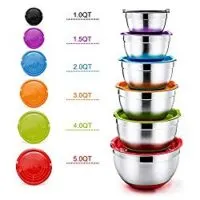
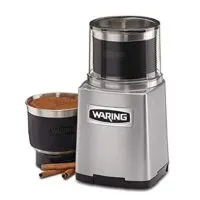
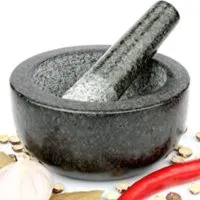
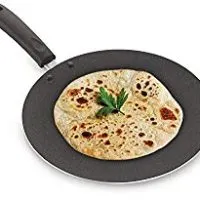

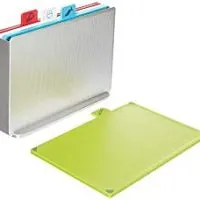
Andrea
Tuesday 20th of June 2023
I think the measurement for the black salt maybe out are you sure it is 3 tbls not tsp ?
Dan Toombs
Tuesday 20th of June 2023
Black salt is a lot less salty but has a bit of a strange flavour. Go ahead and add less than I state if you think it’s too much. Thanks Dan
Daniel McClean
Saturday 23rd of April 2022
Hi Dan,
I've been making my way through your curry guy book and loving the recipes. The Currys that all use the base sauce are all knock-out!
I just made the chaat masala to add to the paneer chukanadri and it's soooooo sulphurous and eggy. Is it supposed to taste like that?
Dan Toombs
Tuesday 26th of April 2022
I'm glad you are enjoying my base sauce recipes. Chaat masala is definitely not meant to taste like that. Maybe one of your ingredients was off or past its best as I have never heard of that before. Thanks Dan
Neel
Thursday 6th of January 2022
This is the best chaat masala recipe ever. I'm from India and really appreciate your efforts for presenting a great tasting spice blend. Thank you!!
Dan Toombs
Tuesday 11th of January 2022
Thank you so much, that means a lot. Dan
john smith
Tuesday 31st of October 2017
could I use sumac instead of amchur ?
Dueep Jyot Singh
Thursday 5th of April 2018
Sumac is totally different altogether. Amchur is actually powdered pieces of dried raw mango, much before they ripened and grew so juicy and delicious, in the sun. That is why, one cannot substitute sumac or even tamarind for amchur. All three of them are basically sour in taste, but they are different ingredients obtained from different plant species.
Dan Toombs
Thursday 2nd of November 2017
Hi John
I guess you could try it. They taste completely different though. I love experimenting so go for it!
Thanks, Dan
Sharon Munger
Monday 7th of August 2017
I've never tasted this before and certainly never made my own spice, but i can imagine it's much better than store bought. I will definitely give it a go. Must go shopping for goodies. Thank you.
Dan Toombs
Thursday 7th of September 2017
Hi Sharon
Thank you for stopping by. Hope you enjoy making the different spice blends.
Dan